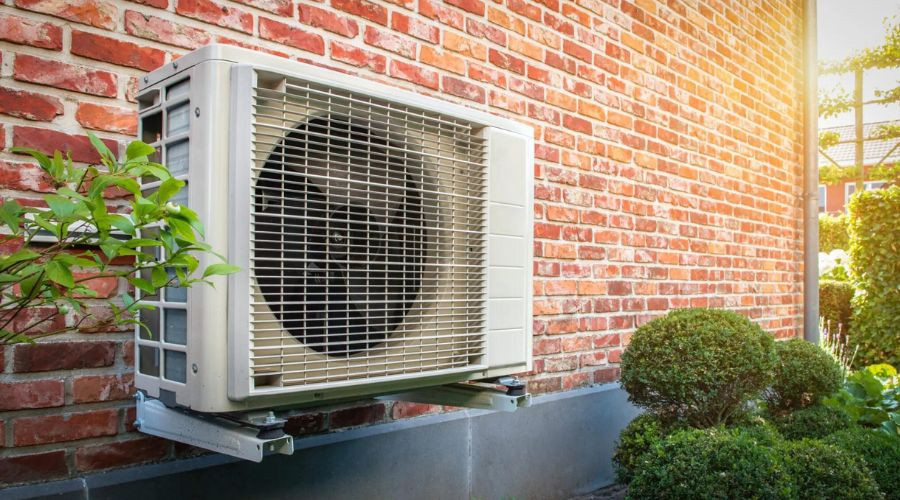How to Install a Heat Pump
Heat pump installation requires several steps, and a professional technician is recommended to help. If not correctly placed, this can cost homeowners extra money on their monthly bills and interfere with warranties. Professional installation ensures homeowners have the right-sized pump to heat their entire home evenly.
How Is a Heat Pump Different From a Furnace?
Both furnaces and heating pumps are designed to keep warm the entire home throughout the winter. Although furnaces provide efficient temperature control, heating pumps can also provide air conditioning for the summer.
A heat pump uses electricity to transfer air from outside to inside. Geothermal heat pumps, also known as ground-source heat pumps, are specific heaters that transfer temperatures from inside the home to the ground outside. Regardless of the type, heat pumps do not generate heat independently.
Since heat must be extracted from the outdoors, these heaters work best in moderate climates. This is one of the reasons they are so popular in Maryland. In particularly cold areas, they are combined with a furnace to ensure enough heat during the night.
The Benefits of Having a Heat Pump
 Air-source heat pumps are the most eco-friendly type of pump. In addition to cooling and heating the home, proper heating pump installation can reduce carbon dioxide emissions by up to 40%.
Air-source heat pumps are the most eco-friendly type of pump. In addition to cooling and heating the home, proper heating pump installation can reduce carbon dioxide emissions by up to 40%.
Because heating pumps provide AC during the summer, only one installation process is necessary. This saves homeowners money on labor and research when finding a system that works well with their space. All-in-one HVAC systems can be inspected and serviced by the same company that installed them for peace of mind.
Many households find that heat pumps provide higher air quality because the outside air consistently circulates throughout the home. Assuming the air filters are changed regularly, this can reduce respiratory problems and headaches.
Traditional HVAC systems tend to be noisy. Although they can be placed outside, they require a space large enough to be secured. Heat pumps, on the other hand, are notoriously quiet and require little time to install.
When to Repair the Heat Pump
 The average lifespan of a ductless heat pump is approximately 20 years. Like all other heating systems, they will need repairs to keep them working at maximum efficiency.
The average lifespan of a ductless heat pump is approximately 20 years. Like all other heating systems, they will need repairs to keep them working at maximum efficiency.
If the heat pump is constantly running, it is likely due to a faulty thermostat. Homeowners are advised to tape an old-fashioned mercury thermometer next to the heater’s thermostat to understand the true temperature of the house. The real temperature can always be found in the mercury thermometer. If there is a temperature difference, an HVAC technician can easily fix the problem.
Ducted heat pumps and mini-split heat pumps are not completely silent. While they may hum in the background, screeching or rattling sounds are abnormal. A loose component must be repaired if homeowners hear a clunking sound from the pump.
About Hancock & Son Plumbing, Heating and Air Conditioning
Hancock & Son Plumbing, Heating and Air Conditioning specializes in heating pump repair and maintenance services in Salisbury, MD. Their expert technicians are available when you need them most, offering reliable service and long-lasting results. To learn more about heat pump services, call Hancock & Son Plumbing, Heating & Air today.



